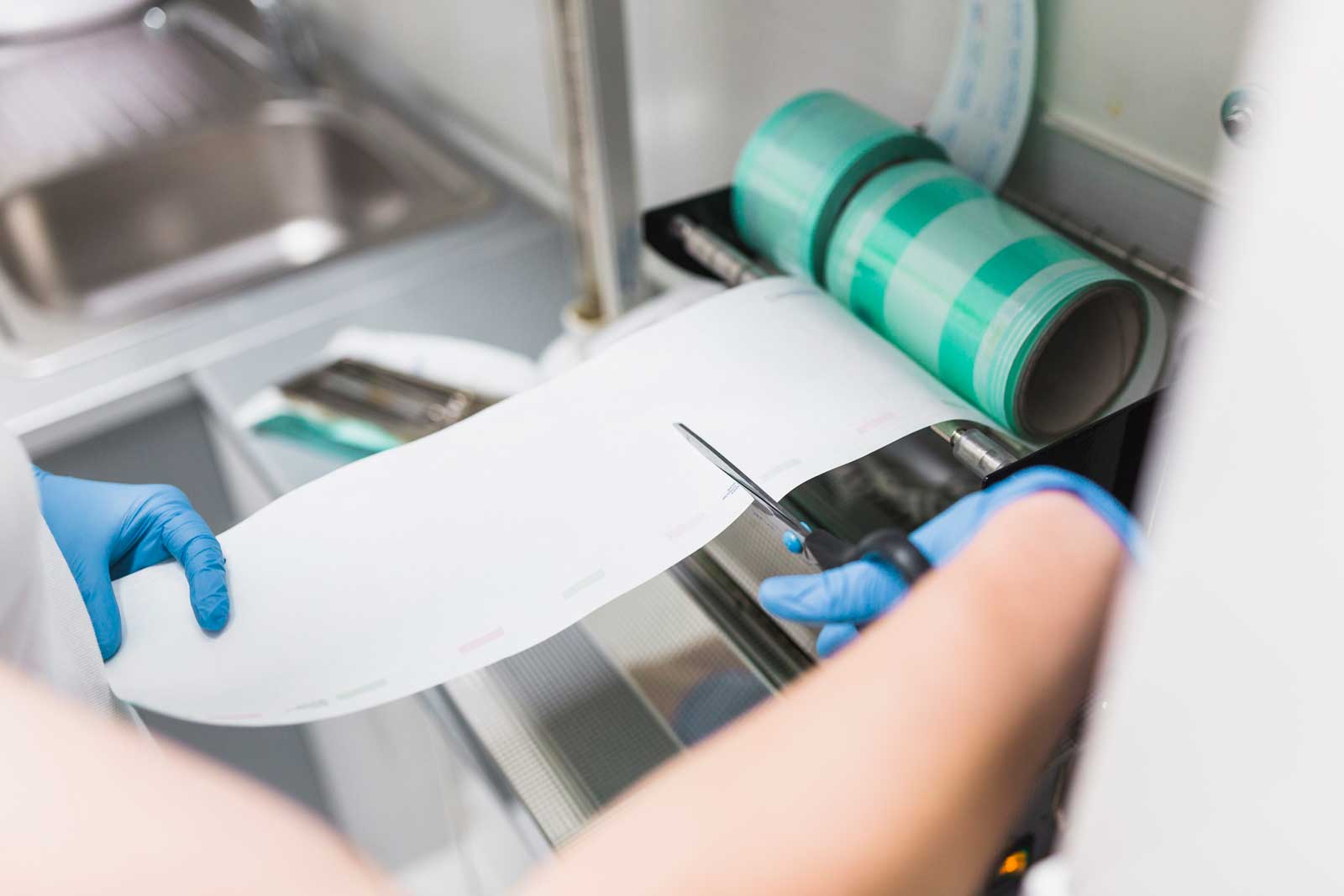Prepress solutions play a critical role in the packaging industry by ensuring that the graphics, text, and design elements on packaging materials are accurately prepared for printing. Here’s an overview of prepress solutions in packaging:
- Design Preparation: Prepress begins with the preparation of packaging designs. This includes creating or finalizing artwork, graphics, logos, text, and any other visual elements that will appear on the packaging.
- Color Management: Color accuracy is crucial in packaging to maintain brand consistency. Prepress solutions often involve color management to ensure that the colors specified in the design match the intended output when printed.
- File Preparing: Packaging designs are typically created using software like Adobe Illustrator or Adobe Photoshop. Prepress experts review and prepare these files to ensure they meet printing specifications, such as resolution, color mode (CMYK), and bleed areas.
- Proofing: The prepress process often includes the creation of digital proofs. These proofs allow designers and clients to review the final design before printing. It helps identify any errors or issues that need to be addressed before production.
- Imposition: In packaging, multiple copies of a design are printed on a single sheet of material, which is then cut and folded to create the final packages. Prepress solutions involve imposition, which determines how the designs are arranged on the printing sheet to optimize material usage.
- Plate Making: In conventional printing processes like offset printing, prepress includes the creation of printing plates. These plates transfer the design onto the packaging material during the printing process.
- Quality Control: Prepress professionals perform quality control checks to ensure that the prepared files, color profiles, and printing plates meet the required standards for high-quality packaging.
- Proofing Technologies: Prepress solutions may involve various proofing technologies, including digital proofs, soft proofs, and hard proofs (physical samples). These proofs help ensure that the final printed packaging matches the design’s intent.
- Automation: Automation plays an increasingly significant role in prepress, streamlining repetitive tasks, reducing errors, and speeding up the process.
- Digital Printing: With the rise of digital printing technologies, some prepress processes have evolved to support variable data printing and shorter print runs, offering greater flexibility in packaging production.
Prepress solutions are essential to achieving high-quality, consistent, and accurate packaging designs. They help minimize errors, reduce waste, and ensure that the final packaging accurately represents the brand’s identity and message.

Comments are closed.